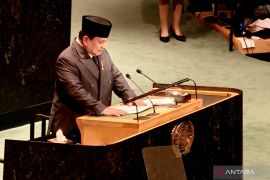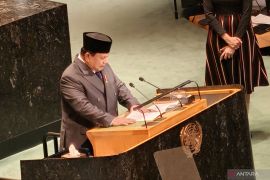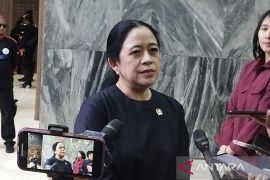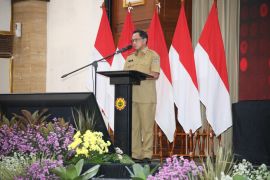In early March, residents in Jinju, a city some 434 kilometers south of Seoul, found the space rocks that weighed 34 kilograms in total, a rare discovery in the country. Some 312 grams were donated by the owners for analysis, Yonhap news agency reported.
Announcing the results of its months-long analysis, the Korea Basic Science Institute (KBSI) said the rocks appear to be between 4.48 billion to 4.59 billion years old, or about the age of our solar system at 4.56 billion years.
It suggests that the rocks are most definitely from space, marking the first meteorites owned by South Koreans.
The analysis was done using a device called a secondary ion mass spectrometer, which analyzes the abundance of different minerals in a sample, the KBSI said.
The spectrometer bombards the sample with an ion beam to eject "secondary ions," which are in turn sorted out by mass and energy. A detector in the machine will then count how many ions there are for each kind.
Spectrometers are commonly used to analyze meteorites because they cause minimal damage to what are often precious samples.
Plugging the numbers into a uranium-lead dating equation will give the age of the sample, according to the think tank.
KBSI scientists said they plan to report the results to an international conference due to be held in Daejeon from Thursday to Friday.
The third International Conference on Analytical Science and Technology is expected to attract more than 250 scientists from the United States, Japan, Australia and Britain, among other countries.
Editor: Priyambodo RH
Copyright © ANTARA 2014










